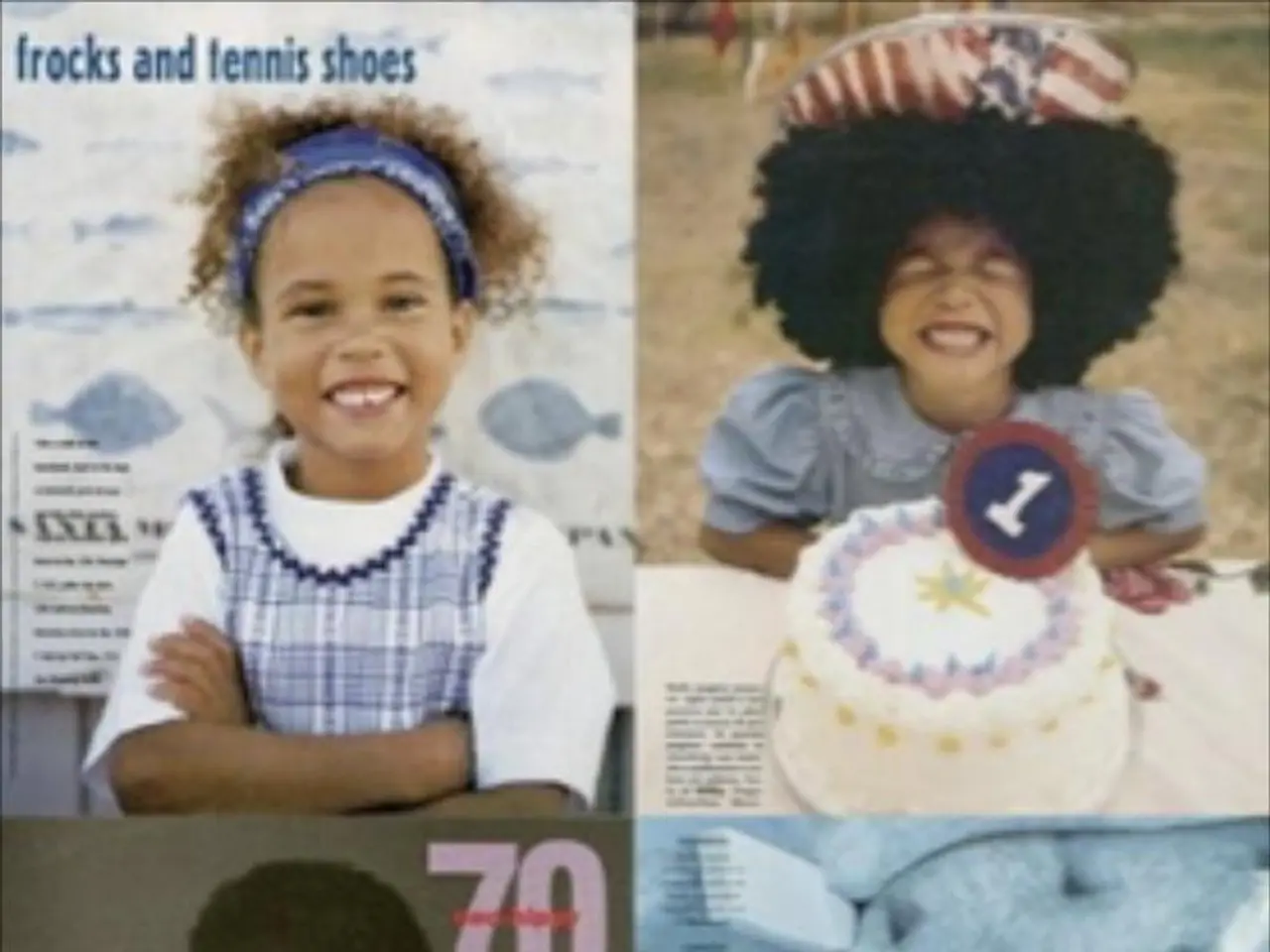Connecting for healing: resolving childhood trauma by understanding love's various expressions
In the realm of relationships, understanding and applying the 5 Love Languages can be a transformative journey for those affected by childhood trauma. This approach, which includes Words of Affirmation, Quality Time, Physical Touch, Acts of Service, and Receiving Gifts, offers a unique framework for expressing and receiving love in ways that repair emotional wounds, rebuild trust, and foster a sense of safety and belonging.
Shared activities, such as Quality Time, strengthen satisfaction and commitment in relationships. When adapted in trauma-sensitive ways, these activities can promote presence, deepen intimacy, and enhance connection, without overwhelming anxiety or social fears. For instance, low-pressure presence or parallel activities can allow for connection without causing distress [1].
Physical touch, when offered with explicit consent, can provide comfort and security, strengthen emotional bonds, and reinforce presence. This form of touch can act as a grounding force, offering a sense of safety [2].
Receiving gifts can provide comfort and validation for individuals dealing with past traumas. The act of receiving a gift can serve as a healing experience, offering a tangible symbol of care and support [3].
Words of Affirmation, such as "You matter," "You are safe with me," can validate a person's worth and build trust in relationships. These affirmations can help address feelings of unworthiness or neglect rooted in childhood trauma [4].
Acts of Service, when communicated thoughtfully, can reduce burdens and convey care in tangible forms. By taking concrete steps to help others, we can build trust and prove reliability [5].
In the healing process, regularly reflecting and adapting is crucial. Understanding one's love language empowers individuals to communicate their needs effectively, fostering empathy and strong bonds with their partners [6].
Moreover, the 5 Love Languages can serve as practical methods to deliver consistent, nurturing attunement and witnessing of the inner child's pain, a key step in trauma healing approaches like Internal Family Systems (IFS) therapy [7]. These languages function as a "mirror" reflecting the unmet childhood needs, helping the individual stop the cycle of "chasing love" externally by first experiencing it authentically [8].
In conclusion, the 5 Love Languages provide trauma survivors with clear, tailored ways to receive love that can directly address core childhood wounds by fostering safety, trust, and belonging, thereby aiding in long-term emotional healing [1][2][3][4][5][6][7][8]. By understanding and applying these languages, individuals can create consistent positive emotional experiences that counteract trauma-induced fears of rejection, abandonment, or invisibility.
- In the realm of health-and-wellness, understanding the 5 Love Languages can be a transformative journey for survivors of childhood trauma, offering practical methods for receiving love that directly address core wounds and aid in long-term emotional healing.
- The application of these languages in trauma-sensitive ways, such as through Quality Time, Physical Touch, and Receiving Gifts, can promote presence, deepen intimacy, and enhance connection, thereby strengthening relationships and fostering a sense of safety and belonging.
- Shared activities, like Acts of Service, can reduce burdens and convey care in tangible forms, building trust and proving reliability, which are vital components in rebuilding and maintaining healthy relationships.
- In the field of education and self-development, learning about the 5 Love Languages can provide valuable insights into personal growth, helping individuals communicate their needs effectively, foster empathy, and establish strong bonds with their partners. These insights can have a lasting impact on one's lifestyle, mental health, and overall well-being.




